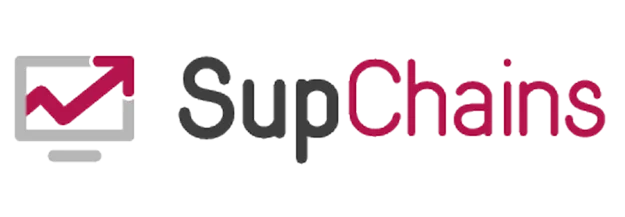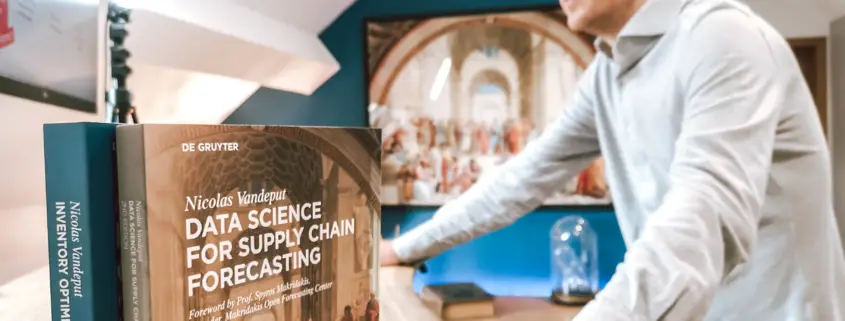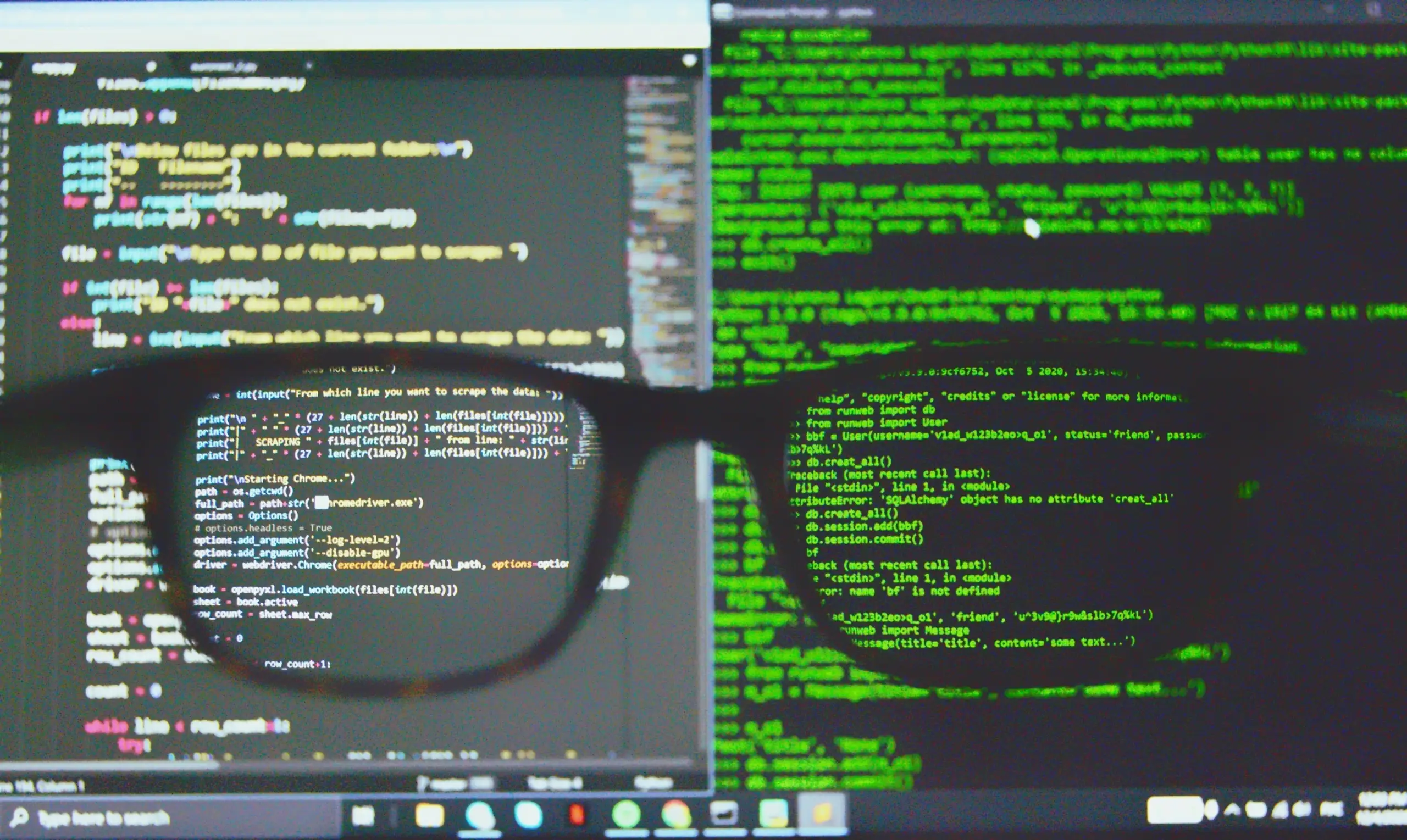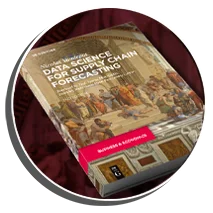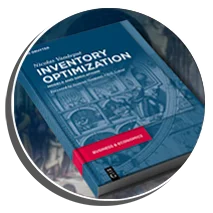Demand Forecasting: Useful Insights From An Expert
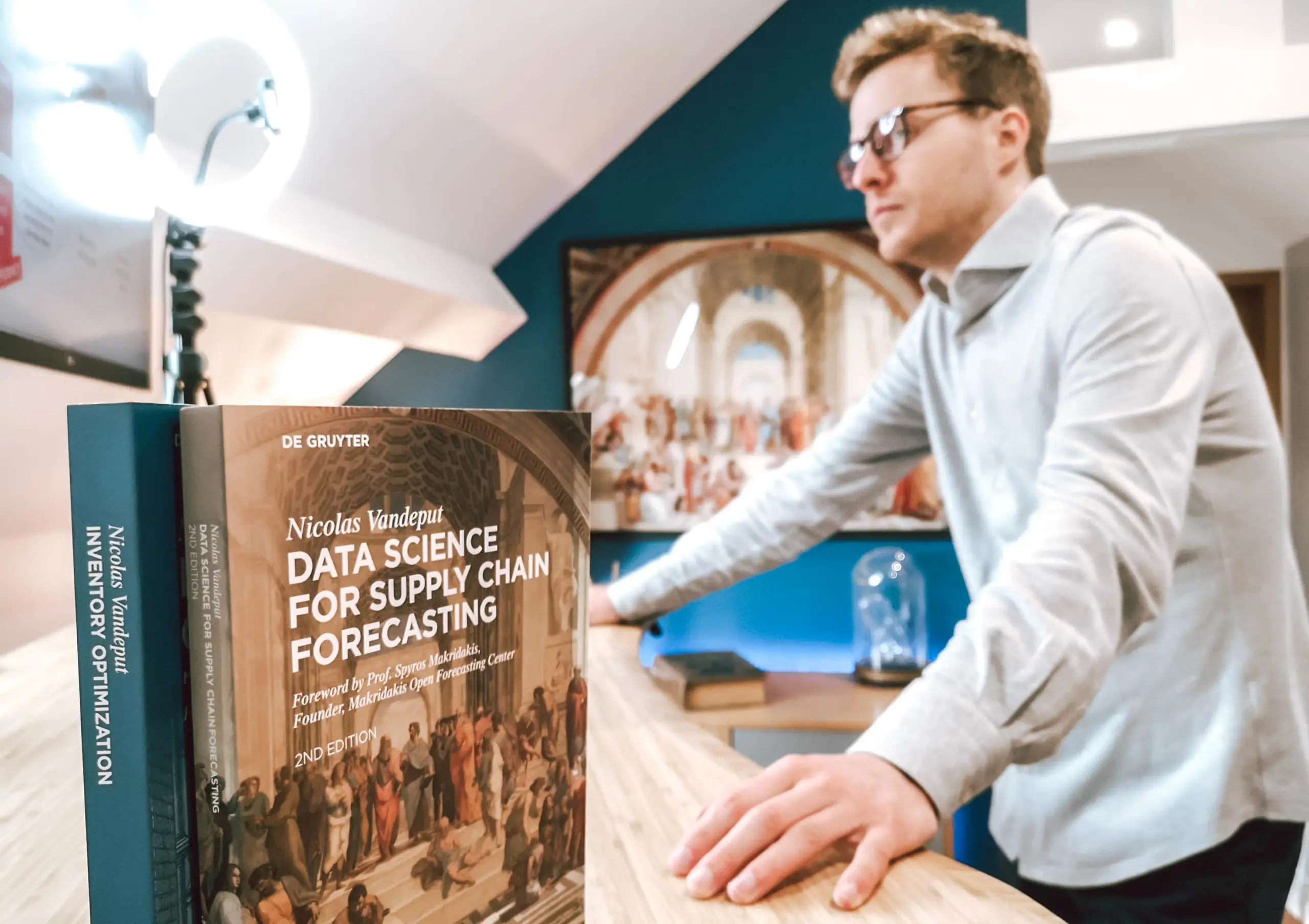
The most important prerequisites for business success are profitability and continuous growth.
The key factor here is how well a company can respond to changes in market conditions, product-market adaptation, and consumer demand.
However, not every company is up to these tasks.
Unfortunately, no one can predict a company’s future. Still, companies can reduce risks by using forecasting methods to create short-term and long-term business plans and strategies.
A reliable Demand Forecasting has an enormous impact on the management and flexibility of a company’s supply chain.
A successful Demand Forecast can be decisive in competition and give a company the essential competitive advantage.
Demand Forecasting – Main Methods
Business forecasting is a systematic process of predicting future developments such as sales, profits, expenses, and even economic conditions that affect a company’s financial performance.
In this process, Demand Forecasting analyses past developments and current conditions and establishes a forecast of short-, medium- or long-term demand for specific goods and services.
There are four Main Methods of Demand Forecasting, which are briefly explained below: Judgmental, Time Series Forecasting, Predictive Analytics, and Machine Learning.
Demand Forecasting – Judgmental Method
Judgmental forecasting involves intuitive judgment, opinions, and subjective probability estimates. Using judgment to make a forecast is common in practice. When we lack historical data, judgmental forecasting is the only method that can be used. For example, when a new product or competitor enters the market, or new and unique market conditions arise.
Nevertheless, judgmental forecasting is subjective and therefore has its limitations: we are subject to cognitive biases and political and peer pressure. However, implementing a systematic and well-structured process can narrow down these limitations and significantly improve forecast accuracy.
Demand Forecasting – Time Series Forecasting
Time Series Analysis will try to understand or model the stochastic mechanisms underlying a time series to predict future values based on its history. In other words, time series forecasting will fit a model to historical demand data to predict future demand.
An essential aspect of this forecasting method is that the future can only be estimated from what has already happened. Most time series models assume that observations that are close in time tend to be correlated. In other words, how much you sold on Monday should influence how much you will sell on Tuesday.
Current demand forecasting software Modern fields are usually increasingly focusing on the Time Series Forecasting method.
Demand Decomposition
Usually, demand forecasts can distinguish three types of demand components.
- Level. Average demand level
- Trend. How fast is demand increasing or decreasing.
- Season. Recurring demand fluctuations.
When creating a model, we can make assumptions about these components, both in their behaviour and how they are combined, allowing us to construct advanced demand models.
In cases where these classical methods do not lead to effective performance, these components can still be helpful explanatory concepts and even inputs for alternative methods.
Demand Forecasting – Predictive Analytics
Predictive Analytics explains demand variations based on demand drivers (extracted from different data sources). In practice, predictive analytics will create a mathematical model that will understand historical demand variations based on various demand drivers. This model can then be used to predict the impact of future events.
For example, predictive analytics will look at the impact on sales of promotions, day of the week, and the weather.
With this method, companies have a tool to make better decisions based on scenarios. For example, as the model understands the impact of making a promotion, you’ll be able to create different scenarios with and without promotions. And ultimately reply to the question, What if we do a promotion?
Creating a predictive model will require going through a series of stages that build on each other. The entire process is iterative: some steps can be repeated as we get new insights.
- Objective Definition. When you start a forecasting project, you need to assess what you want to forecast regarding granularity and temporality. Depending on the granularity and temporality, you might need different types of data. For example, weather is helpful to predict short-term demand by point of sales, but not for mid-term forecasting by market.
See my article for more info: https://towardsdatascience.com/the-4-dimensions-forecasting-framework-f7884ec1472
- Data Gathering. You need to assess internal data availability as well as the cost of buying data from external sources. The most important thing about data is its quality and reliability of delivery. You will need consistent, regular data updates.
- Building Predictive Models. Accurate predictive models are created based on historical demand and demand drivers. Each model’s accuracy is assessed against a test set (a dataset that the model didn’t use during the training phase). Finally, the best model is selected.
- Integration with Business Processes. Results can be used for decision-making within the company.
Demand Forecasting – Machine Learning
Machine Learning is a sub-area of artificial intelligence. Machine learning algorithms will look at data to understand underlying patterns. The knowledge gained from historical data can be generalized and used to make predictions.
Data scientists have to select what data (features) to feed the algorithm and fine-tune its parameters. Multiple techniques exist to choose the right set of features and the correct parameters (such as k-fold cross-validation and feature importance analysis).
Machine learning algorithms are usually more accurate and powerful than standard statistical methods (time series forecasting and predictive analytics). They can also use both historical demand and demand drivers to make predictions.
Nevertheless, machine learning models are black-boxes that won’t reveal a clear picture of the various drivers’ impact. However, you can still do scenario planning by changing inputs. For example, you can forecast demand with and without promotions to see how sales will be impacted.
Demand Forecasting – FAQ
What is Demand Forecasting?
Demand forecasting is the process of using various data sources (usually historical sales) to create an estimate of the expected future customer demand.
Why do companies use Demand Forecasting?
Companies can optimize their supply chains and reduce risks by forecasting demand to create both short-term and long-term business plans and strategies.
What are the four methods of Demand Forecasting?
Judgmental, Time Series Forecasting, Predictive Analytics, and Machine Learning.
